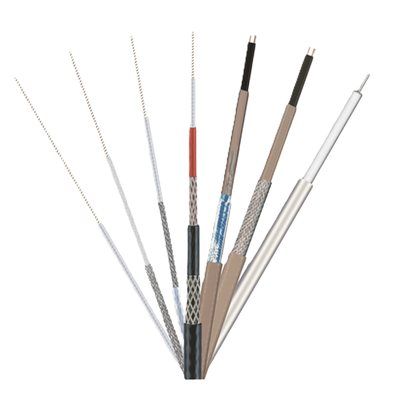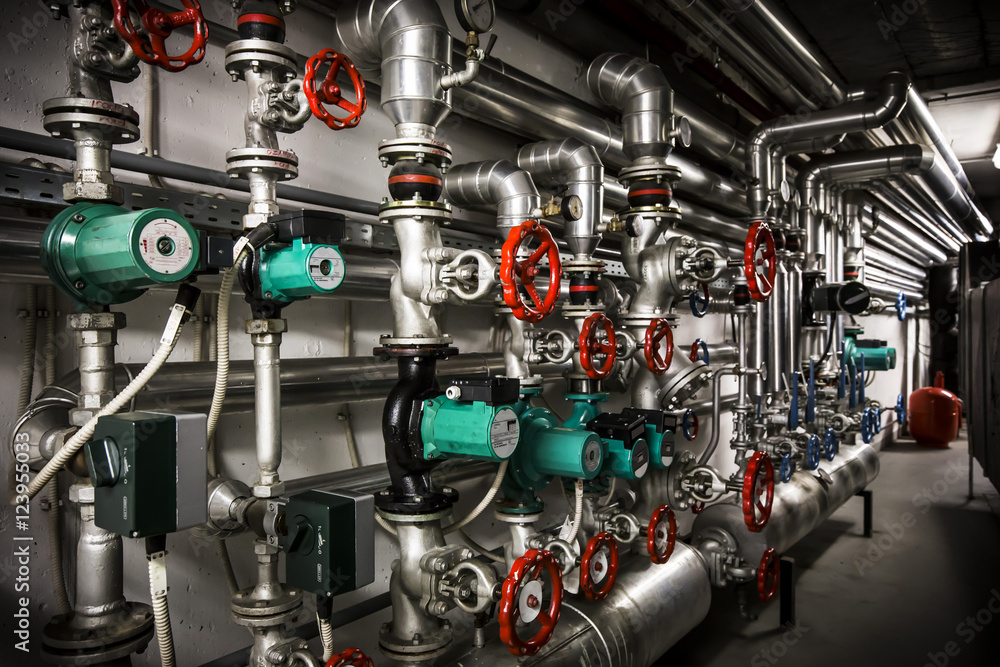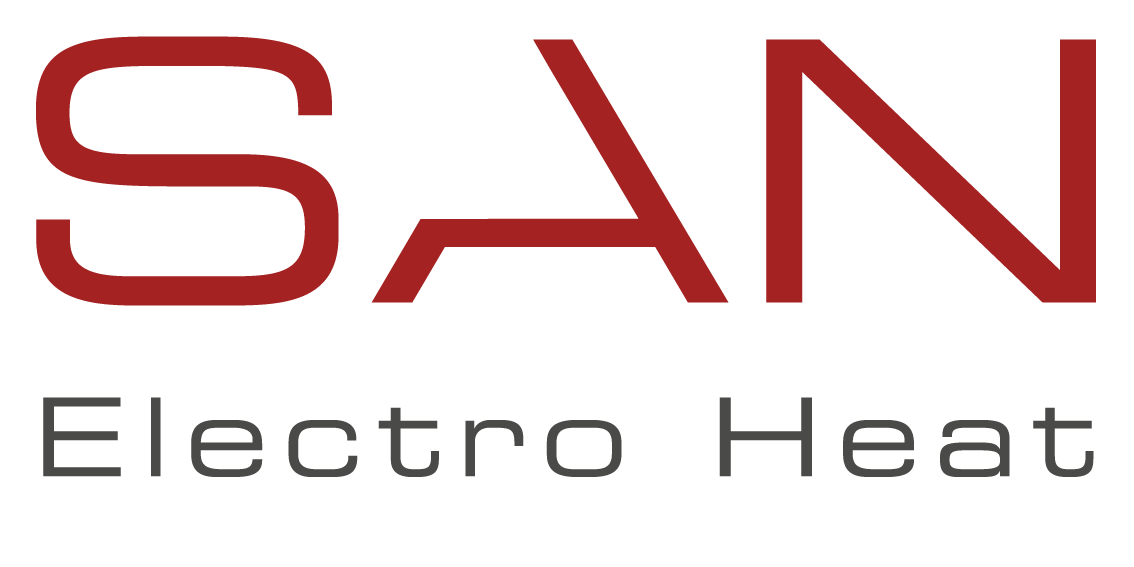%20Kabelvifte_w500.png)
Varmekabler til et hvert formål
Under denne kategori finder du vores produktsortiment af elektriske varmekabler.
Sortimentet omfatter:
- Selvregulerende varmekabler til frostbeskyttelse eller opretholdelse af temperatur
- Parallelle varmekabler til konstant effekt
- Industrielle varmekabler til høje temperaturer
- Tilbehør til elektriske varmekabler.
Find dit produkt her
Brug filtrene eller søgefeltet nedenfor til at finde dit varmekabel.
Har du nogen spørgsmål?
Kontakt vores eksperter i industriel opvarmning:

Michael Ekstrand
Project Sales Engineer, Industrial heating
Direct phone: +45 4838 0222
E-mail: [email protected]

Steffan Verner
Project Sales Engineer, Industrial heating
Direct phone: +45 4838 0206
E-mail: [email protected]

John Kristensen
Project Sales Engineer, Industrial heating
Direct phone: +45 2146 9080
E-mail: [email protected]

Henrik Hansen
Sales Consultant, Industrial Heating
Direct phone: +45 4838 0203
E-mail: [email protected]
.png)
.png)